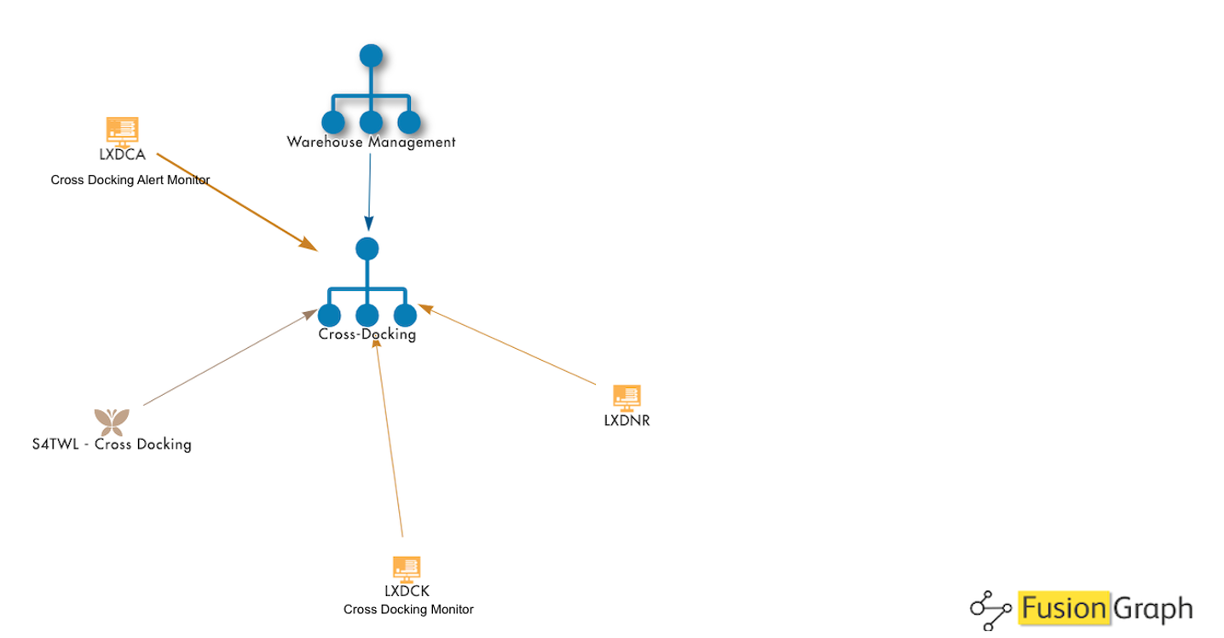Cross-docking is a logistics strategy in which products are unloaded from an inbound delivery and immediately loaded onto an outbound delivery without being put away in storage. This strategy is often used to expedite the movement of goods and reduce inventory carrying costs.
In SAP S/4 HANA cross-docking is supported through the Cross-Docking Monitor, which enables users to monitor and control cross-docking operations in real-time.
Some of the key features of Cross-Docking in SAP S/4 HANA
- Inbound and outbound delivery management: Supporting inbound and outbound delivery management, enabling users to manage the entire cross-docking process from start to finish.
- Real-time inventory management: providing real-time inventory management
capabilities, enabling users to view inventory levels and movements in real-time.
- Automatic transfer orders: Automatically generates transfer orders to move products from the inbound delivery to the outbound delivery, reducing the amount of manual work required.
- Slotting and sorting: slotting and sorting capabilities, enabling users to optimise the cross-docking process by grouping products by destination and routing.
- Cross-docking monitor: Cross-Docking Monitor, which provides real-time visibility into cross-docking operations, enabling users to monitor and control the process in real-time.
What benefits does Cross-Docking in SAP S/4 HANA provide to your organisation?
- Reduced inventory carrying costs: Cross-docking can help reduce inventory carrying costs by reducing the amount of time that products spend in storage. By expediting the movement of goods, businesses can reduce the amount of inventory they need to hold, leading to reduced carrying costs.
- Improved order fulfilment speed: Cross-docking can improve order fulfilment speed by reducing the amount of time it takes to process and ship orders. By expediting the movement of goods through the warehouse, businesses can fulfil orders more quickly and improve overall customer satisfaction.
- Increased warehouse efficiency: Cross-docking can increase warehouse efficiency by reducing the amount of labour required to manage inventory. By automating the cross-docking process, businesses can reduce the amount of time and labour required to manage inventory, leading to improved efficiency.
- Better inventory management: Cross-docking can improve inventory management by providing real-time visibility into inventory levels and movements. This can help businesses optimise their inventory levels and improve overall inventory accuracy.
- Reduced transportation costs: Cross-docking can also help reduce transportation costs by consolidating shipments and reducing the amount of transportation required to move products from the warehouse to the customer.

With the help of FusionGraph it's easy to discover and understand new functionality like this and add it to your business case for S/4HANA migration.
Click the link the request a demo.



.png)
